Apple's marketing team didn't need to dig deep to dream up a campaign for the new 21.5‑inch iMac with Retina 4K display — its best feature is in the name. The stellar ultra high-resolution screen mates well with Apple's chosen internals, but it would have been best if the company didn't cheap out with the slow base HDD model.
Editor's Note: The 21.5-inch iMac with 4K Retina display unit under review was provided by AppleInsider partner B&H Photo.
That Apple would launch a 4K iMac was for many a foregone conclusion. The company's penchant toward cramming ever-bigger, pixel-dense screens into its products basically mandated a high-resolution version of its entry-level all-in-one and 4K was the next logical step forward.
The move is well timed. With iPhone 6s launching last month, Apple put more than 13 million 4K cameras into the hands of eager customers in about three days. Used together, iPhone 6s and the 4K iMac lets amateur auteurs film, cut and view 4K video at native resolution for well under $2,000.
Add to that a trio of new input devices and refreshed internals and you've got a very compelling fall Mac lineup.
Design
Not much to report here. Aesthetically, the 4K iMac is a carbon copy of its predecessor: the same organic design, the same laminated display capping a generous aluminum "chin," the same svelte curves tapering to an impossibly thin 5mm edge. The fairly compact package makes for an ideal workstation at home or in the office.
Keeping things stable is a large foot that, while it appears precarious, works with iMac's weight keep everything firmly grounded. With most of the weight in the screen, tilting is accomplished via a silky smooth clutch-based hinge mechanism nestled in the computer's hunchback.
Hiding around back are iMac's physical ports, including a headphone jack, SDXC card reader, four USB 3.0 ports, a pair of Thunderbolt 2 inputs and a Gigabit ethernet port. A power umbilical attaches dead center and routes straight back through a large cutout in the pedestal, keeping the thick cord out of sight.
Obscuring the computer's private bits makes for a clean design, but causes problems for users who are constantly connecting and disconnecting external hard drives, cameras or other hardware. With a relatively small footprint users are apt to tuck their 4K iMac onto an equally small workspace or in a nook, leaving little room for rear panel access. Attaching cables semi-permanently is of course an option, but those unruly tentacles immediately disrupt iMac's zen aesthetic.
Apple chose to overhaul its peripherals lineup this year with the Magic Keyboard and Magic Trackpad 2 now sporting low-profile wedge shapes reminiscent of beautifully crafted — and very expensive — doorstops.
As noted in AppleInsider's Magic Keyboard review, the new kit uses modified scissor-type switches. This translates to a more responsive feel, but reduces keystroke depth. It may not offer "clickety clack" feedback of old school mechanical key inputs, but anyone familiar with Apple's most recent keyboard designs will be pleasantly surprised to find the Magic version a solid platform for speed typing.
Between the Magic Trackpad 2 and Magic Mouse 2, we found the trackpad a more worthwhile upgrade. A larger surface area, rechargeable battery and, most importantly, Force Touch support round out a solid looking — and solidly constructed — package. Inside Trackpad 2 an array of force sensors offers evenly distributed corner-to-corner press detection, while a haptic engine provides simulated click feedback.
Each of Apple's new input devices look more at home next to iMac than their prior iterations thanks in no small part to non-replaceable rechargeable batteries. Since the parts don't necessitate user-accessible compartments and are no longer confined to common AA batteries, Apple was able to build in custom shaped power cells, thus cutting down on overall dimensions.
We had all three in front of our test iMac, but I found myself reaching for the keyboard (obviously) and trackpad more often than the mouse. The Magic Trackpad 2 is simply a more intuitive device, it gives positive feedback and, with Force Touch, provides a new layer of input unmatched by Magic Mouse 2.
4K Retina display
Design, connectivity, price; everything melts away when you lay eyes on the all-new 21.5-inch Retina 4K display. Its 4,096-by-2,304 pixel resolution more than quadruples the pixel count of last year's 21.5-inch model, while support for the Society of Motion Picture & Television Engineers's (SMPTE) DCI-P3 color gamut means the 4K version can reproduce 25 percent more colors than the old sRGB panel.
Compared to last generation iMacs...well there is no comparison, really.
Building in P3 support meant a switch away from all-white LEDs to a red-green phosphor array, which Apple says more accurately mimics real-world color. Display saturation was incredibly rich in testing, though we would be hard pressed to detect a colorable difference if not for an A/B comparisons with a Retina MacBook Pro. After using the 4K iMac for a week then returning to my MacBook, I did notice a change in hue, but only briefly as my eyes readjusted.
As Apple notes, not all content benefits from P3. Certain DLSRs and higher end video cameras are capable of capturing images in a wider color gamut than sRGB can reproduce, so viewing content from these devices on a new iMac might reveal previously unseen colors. Many consumer-level products, however, are not in this category.
Like the first 27-inch 5K iMac, Apple includes specialized display control hardware for dealing with the 4K iMac's 9.4 million pixels and change. Our tests showed zero motion blur, streaking, halos or other visual aberrations that sometimes propagate in lesser standalone displays.
Off-axis viewing is equally impressive. We saw no fade or spikes in contrast even at extreme angles well above 170 degrees, far more acute than most users will ever find necessary. We noticed slight desaturation when looking up from below the screen (for this test we put iMac completely on its back), but unless you plan on using the computer as a multimedia table, this minor shortcoming won't be a problem.
Our review model did suffer from very slight backlight bleed, however. Not a problem in daytime or bright office settings, these faint auras emanate from screen edges and can be a distraction when watching movies or splicing video. Considering Apple is supposedly targeting the photography and videography set, however, iMac's screen should be flawless.
Desktop space is also a feature worth noting. Most reviews concentrate on 4K content, but a high-resolution display also affords an incredibly large canvas on which to work, all the better to take advantage of El Capitan's multitasking features.
Performance
If the 4K Retina display is the show-stopping diva, then iMac's internals make up the well-tuned orchestra. But a tone deaf tubaist has gone rogue. Overall performance was smooth on the base model with 3.1GHz quad-core Intel Core i5 processor and the capable Intel Iris Pro Graphics 6200 integrated GPU, though our experience was hampered by excruciatingly slow HDD speeds.
Inexplicably, Apple decided the best default storage option would be a 1TB SATA 5,400 rpm spinning hard drive. It's sluggish and makes the 4K iMac feel like a budget machine, which it most certainly is not. I have never seen so many spinning beach balls (now pinwheels in OS X 10.11 El Capitan) on a new machine as I did while testing this particular unit.
A spinning HDD is fine for an entry level all-in-one, but the 4K iMac is positioned as a step-up model. For comparison, the same 5,400 rpm nag is offered in the base non-4K 21.5-inch iMac, which starts at $1,099. According to Blackmagic's Disk Speed Test, the internal HDD was unable to nudge the needle past 100MB/s. Luckily we had a Thunderbolt SSD drive handy.
Apple offers 8GB of speedy 1,867MHz LPDDR3 RAM standard, with an option to double that amount for an extra $200. With the standard RAM allotment we were able to efficiently multitask between Photoshop, Safari, a text editor and a few background apps, but anything more and the El Capitan would start dumping data back onto the molasses drive.
It should be noted that neither RAM nor hard drive are user-serviceable on the 4K iMac, so choose wisely when configuring your purchase.
On the opposite end of the component picking spectrum, Apple chose a set of CPUs very much up to the task of a 4K machine, with our unit achieving a single-core score of 3,743 and multi-core score of 12,757 as adjudicated by the latest 64-bit build of Geekbench 3. Translated to real world use, the Core i5 silicon easily chewed through complex computations like batch photo imports in Lightroom with filters applied, 4K iMovie edits, light to medium Photoshop tasks and more.
As expected, the iMac handled new OS X 10.11 El Capitan features quite well, including the newly introduced two-up split screen view that can potentially bog down older systems. Our daily writing setup usually consisted of a Web browser running multiple panes simultaneously on one side of the screen and a text editor on the other. Alternate Spaces were dedicated to chat windows and photo editing apps. The only slowdowns experienced can be attributed to the HDD.
We were particularly interested to see how the 4K iMac handled 4K video. Although 4K content is somewhat hard to come by, we were able to stream a number of ultra high-resolution clips from YouTube and other online providers over a 802.11ac network, again attempting to bypass the SATA drive as much as possible. Playback was stutter-free, crisp and, thanks to P3 support, vibrantly colored.
4K video editing in iMovie was a painless experience even on this base model 21.5-incher. Our workflow involved transferring over clips from our iPhone 6s via AirDrop, importing into iMovie, cutting and exporting to disk. Again, the HDD was iMac's Achilles heel, though problems were mostly relegated to larger files.
Conclusion
The 4K iMac's main draw is its gorgeous Retina display. For desktop users interested in having the best display around, the 21.5-inch 4k iMac is an easy recommendation with one caveat: it needs the HDD upgrade. An SSD would be preferable, obviously, but at least consider the $100 1TB Fusion Drive upgrade.
Buyers should be aware that Apple now builds in only 24GB of flash storage on its 1TB Fusion Drive, down from 128GB previously offered. Apple says 24GB is enough to hold important OS X files and applications and a few frequently used files and apps. The full allotment can be had with the 2TB Fusion Drive option, but that adds on $300 to the base price.
Factor in the price of a Fusion Drive and the 4K iMac is already up to $1,600, close to a base model 27-inch iMac with 5K Retina display (with a spinning HDD, albeit a slightly faster 7,200 rpm drive).
In the end it comes down to a want or need for 4K. The 4K iMac is not only one of the best all-in-ones on the market, but a computer that, if kitted correctly, can capably handle what is expected to be a glut of UHD content. The 4K format is teetering on the verge of mass adoption and when that time comes, contemporary "low resolution" machines will need upgrading.
If you are the type of user who rarely upgrades and is in need of a computer, the 4K iMac should be high on your list of products to check out. Constant upgraders who replace their system every two or three years might want to wait until next year's product cycle to get the most bang for their buck.
For imaging professionals dedicated to a Mac workflow, the decision is a bit more complicated. As noted above, a bottom-tier 27-inch 5K iMac is more expensive, but with more screen real estate, buffed internals and user-replaceable RAM, it offers a comparatively flexible platform better suited to power user needs.
Score: 4 out of 5
Pros:
- 4K Retina display with P3 color gamut
- Powerful internals
- Small footprint
Cons:
- 5,400 rpm HDD is a snail
- Price borders on 27-inch 5K iMac
- Slight backlight bleed at screen periphery
How to Save $100s When Buying
Apple prices the new iMac with Retina 4K display at $1,499 for a baseline model and scales the line up to $2,399. Fortunately, a big part of what we do at AppleInsider is harvest unbeatable deals and lowest prices anywhere on Apple products from the company's top authorized resellers through our Deal Tracker (deals.appleinsider.com) and Price Guides (prices.appleinsider.com). And there's currently a number of deals on the new iMac 4K that can save you hundreds.
This week, for instance, B&H and MacMall are all offering the lone retail configuration tested in this review at a $100 instant discount, or $1,399.00. B&H also will only collect sales tax on orders shipped to NY, while MacMall will only collect sales tax on orders shipped to CA, CO, GA, IL, MN, NC, NY, TN, and WI. MacMall also has it in stock at this price.
How to get Free AppleCare with every new iMac with Retina 4K display
Meanwhile, if you want to have Apple's AppleCare for iMac extended protection plan included your purchase, Apple authorized reseller Adorama has teamed up with AppleInsider for an unbeatable deal this week, offering Free AppleCare with all 19 possible configurations of the new iMac 5K. Complete instructions for this deal are included below. Adorama also won't collect sales tax on orders shipped outside NY and NJ, further sweetening this offer. In total customers outside those states should save between $250-$400 on their orders compared to buying direct.
Please note, as the iMac 4K is a new product still making its way to Apple's reseller channels, most custom configurations are currently on a pre-order/drop-ship status. Most of these configurations are now shipping to customers within 3-7 business days of ordering. If your configuration availability is listed on Adorama's website as "drop ship," then it is currently estimate to be delivered in 3-7 business days and Adorama will charge your credit card upon placing your order. If it's not in stock and not listed as drop ship, Adorama will not charge a customer's credit card until the iMac is ready to ship.
To take advantage of this offer, select your configuration by clicking one of the Adorama pricing links in our Macs with AppleCare Price Guide or from the list below. During check out, use $120 discount promo code APINSIDER to increase the total discount on the bundle of the iMac and AppleCare to $169-$179 when compared to Apple's price, which completely backs out the cost of Apple's $169 AppleCare for iMac extended protection plan. This deal is only available online and orders are filled in the order they are received. Step-by-step instructions are also below.
21.5" iMac with Retina 4K display (Late 2015) priced with 3 Years of AppleCare (AC)
21" iMac 4K (3.1GHz/8GB/1TB HDD/IPRO) + AC for $1,668.00 $1,498.99 % ($169.01 savings)
21" iMac 4K (3.1GHz/8GB/1TB FUS/IPRO) + AC for $1,768.00 $1,589.98 % ($178.02 savings)
21" iMac 4K (3.1GHz/8GB/256GB SSD/IPRO) + AC for $1,868.00 $1,689.98 % ($178.02 savings)
21" iMac 4K (3.1GHz/8GB/512GB SSD/IPRO) + AC for $2,168.00 $1,989.98 % ($178.02 savings)
21" iMac 4K (3.1GHz/16GB/1TB HDD/IPRO) + AC for $1,868.00 $1,689.98 % ($178.02 savings)
21" iMac 4K (3.1GHz/16GB/1TB FUS/IPRO) + AC for $1,968.00 $1,789.98 % ($178.02 savings)
21" iMac 4K (3.1GHz/16GB/2TB FUS/IPRO) + AC for $2,168.00 $1,988.99 % ($179.01 savings)
21" iMac 4K (3.1GHz/16GB/256GB SSD/IPRO) + AC for $2,068.00 $1,889.98 % ($178.02 savings)
21" iMac 4K (3.1GHz/16GB/512GB SSD/IPRO) + AC for $2,368.00 $2,189.98 % ($178.02 savings)
21" iMac 4K (3.3GHz/8GB/1TB FUS/IPRO) + AC for $1,968.00 $1,789.98 % ($178.02 savings)
21" iMac 4K (3.3GHz/8GB/1TB HDD/IPRO) + AC for $1,868.00 $1,689.98 % ($178.02 savings)
21" iMac 4K (3.3GHz/8GB/2TB FUS/IPRO) + AC for $2,168.00 $1,988.99 % ($179.01 savings)
21" iMac 4K (3.3GHz/8GB/256GB SSD/IPRO) + AC for $2,068.00 $1,889.98 % ($178.02 savings)
21" iMac 4K (3.3GHz/8GB/512GB SSD/IPRO) + AC for $2,368.00 $2,189.98 % ($178.02 savings)
21" iMac 4K (3.3GHz/16GB/1TB FUS/IPRO) + AC for $2,168.00 $1,989.98 % ($178.02 savings)
21" iMac 4K (3.3GHz/16GB/1TB HDD/IPRO) + AC for $2,068.00 $1,769.99 % ($298.01 savings)
21" iMac 4K (3.3GHz/16GB/2TB FUS/IPRO) + AC for $2,368.00 $2,189.98 % ($178.02 savings)
21" iMac 4K (3.3GHz/16GB/256GB SSD/IPRO) + AC for $2,268.00 $2,089.98 % ($178.02 savings)
21" iMac 4K (3.3GHz/16GB/512GB SSD/IPRO) + AC for $2,568.00 $2,389.98 % ($178.02 savings)
Step by Step Instructions for this Deal with AppleCare included
- 1)Make sure you're using a browser with cookies enabled that isn't in private mode.
2) If you haven't already, take a few moments to join Adorama's free VIP customer program. (It's painless, offers perks, & is required for special promos like these.)
3) Â Now make sure you're logged into your Adorama VIP account.
4) Â Once logged in, select your iMac 4K + AppleCare bundle by clicking one of the pricing links above (or those in the Macs with AppleCare Price Guide) — you must use these links!
5) When the Adorama iMac + AppleCare page loads, you'll see a price that's roughly $120 higher than advertised. That's OK, add it to your cart anyway.
6) When you're done shopping, begin the checkout process.
7) During checkout, apply promo code APINSIDER in the Promo Code field right after your shipping info (where it says "Do you have a gift card or promo code?")
8) After you apply the promo code, the total price should fall by roughly $120, increasing the total discount on the iMac and AppleCare to at least $169, which deducts the full cost of the plan (and offers modest additional discounts on most models).
9) That's it. Now complete the checkout. If you live outside NY & NJ Adorama will also not collect sales tax on your order.
As always, if you have any issues, you can reach out to us at priceguides@gmail.com and we'll try and help.
 Mikey Campbell
Mikey Campbell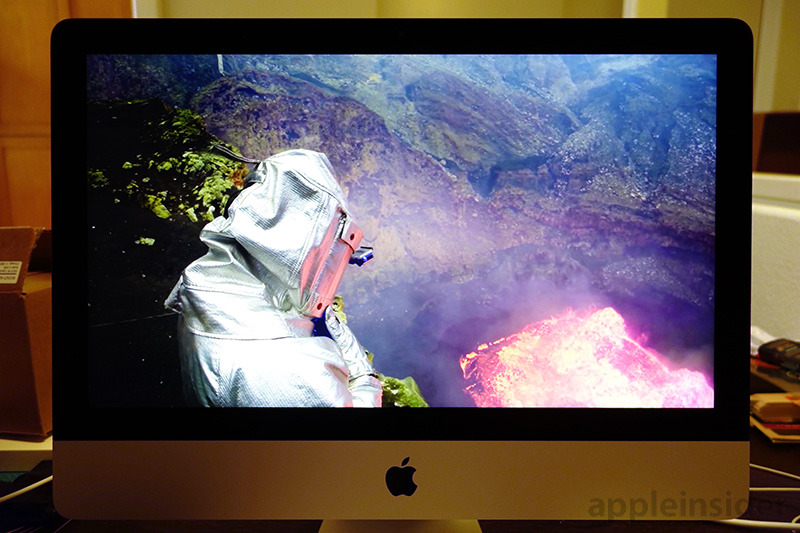
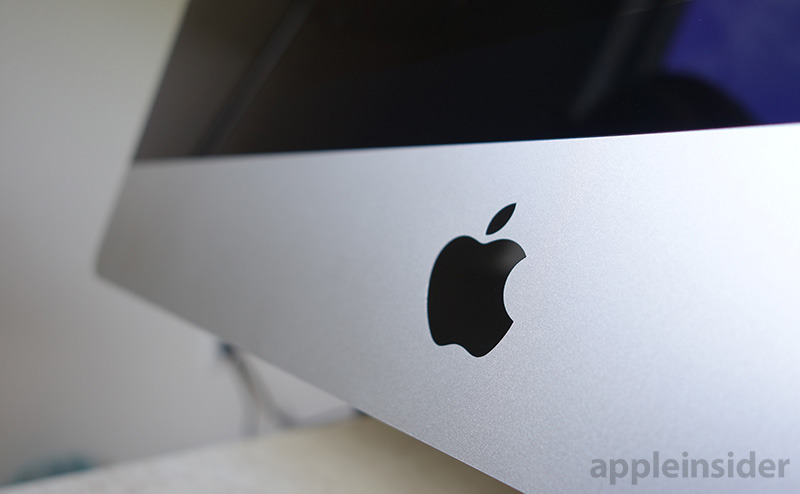

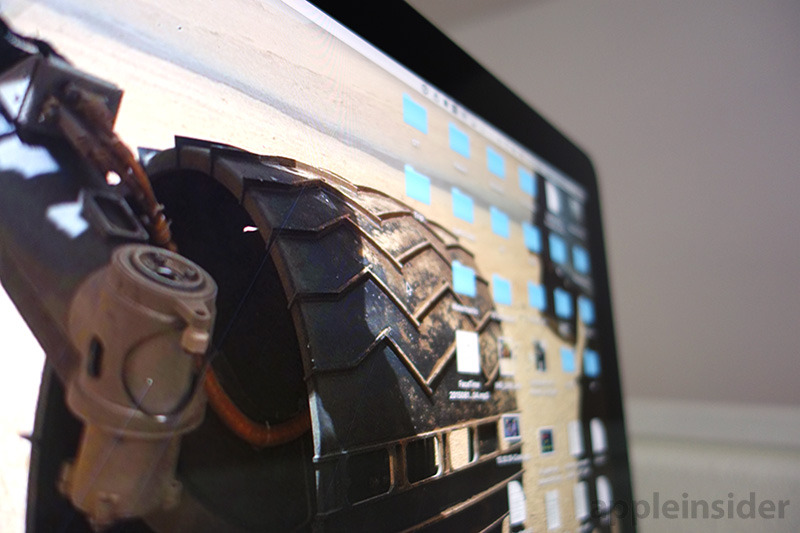

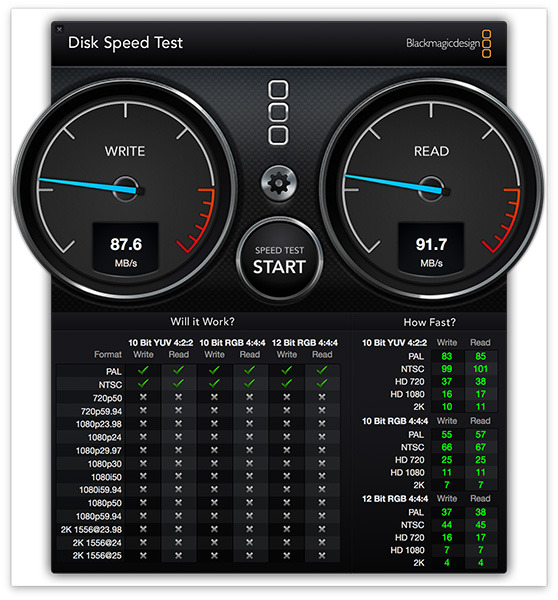
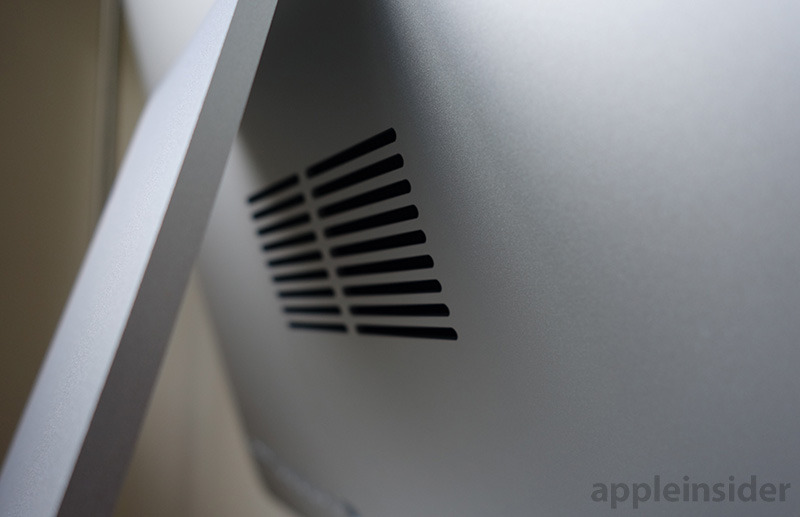

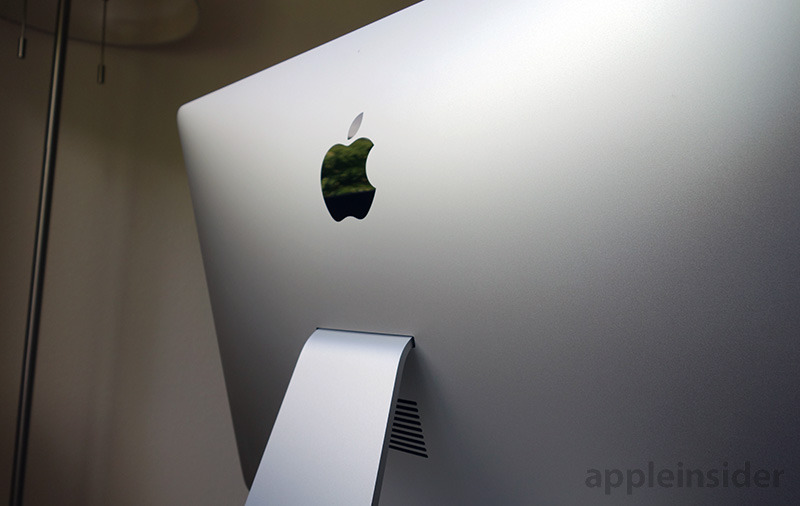
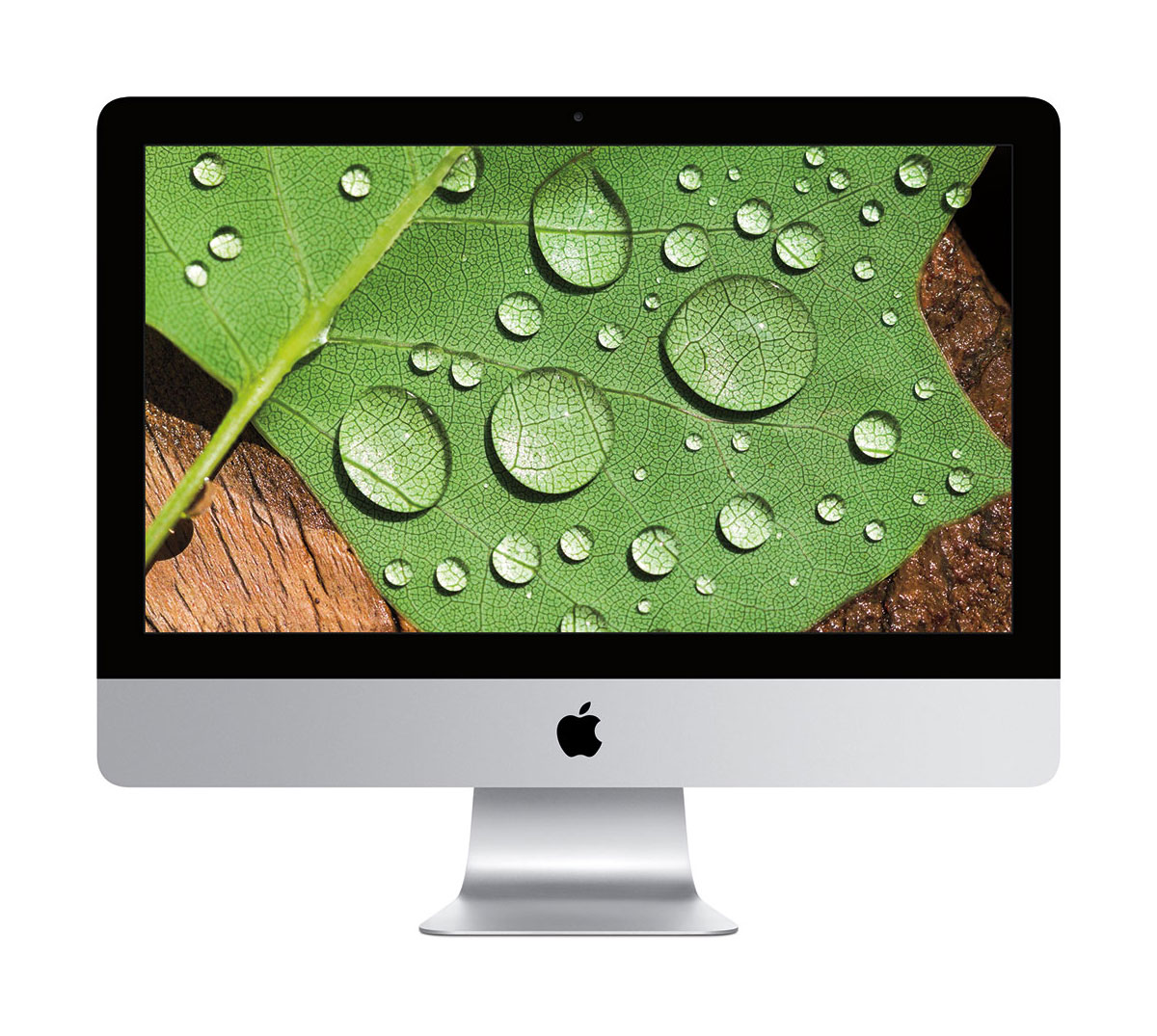
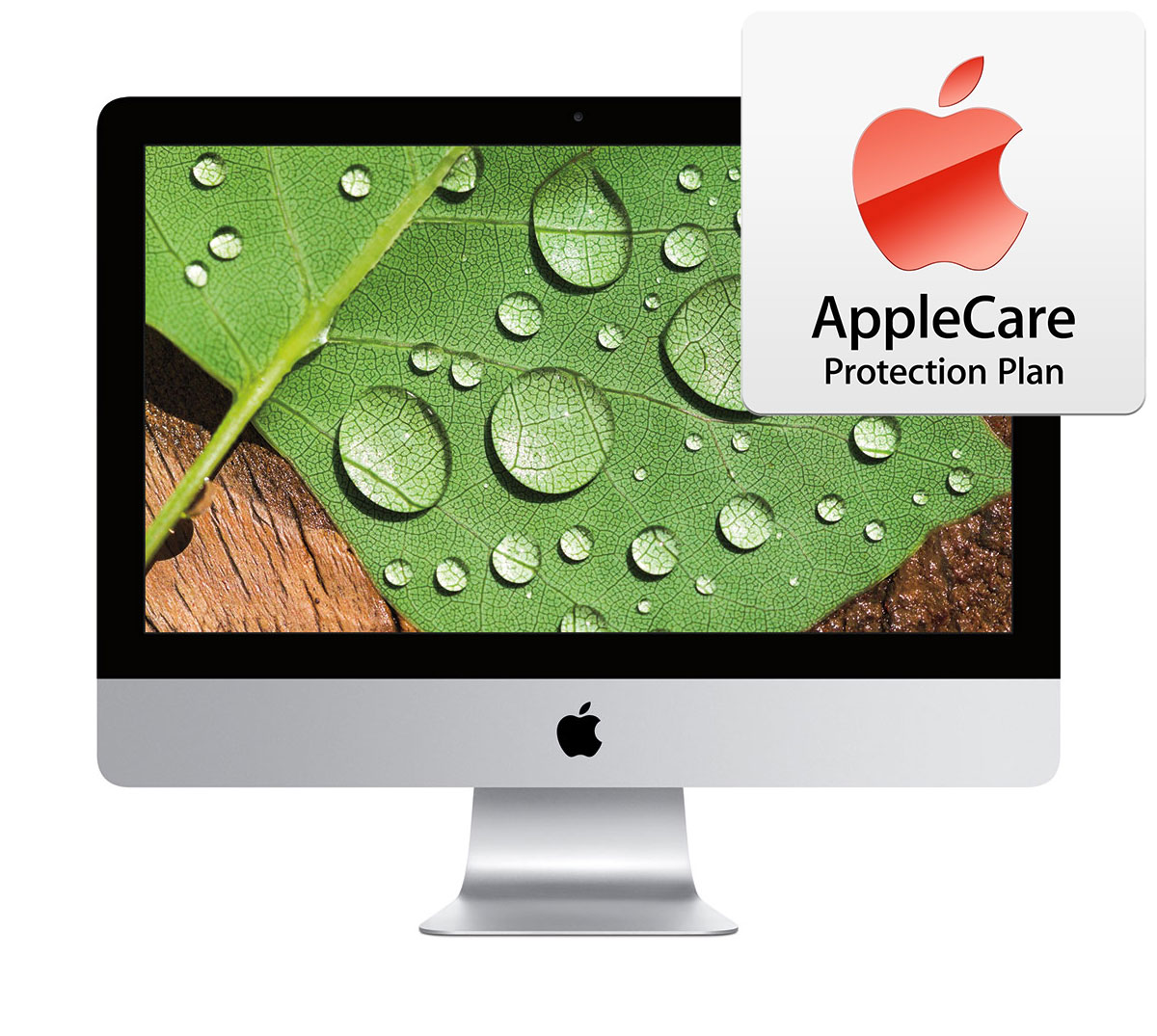




-xl-m.jpg)


-m.jpg)






 Chip Loder
Chip Loder
 Thomas Sibilly
Thomas Sibilly
 Wesley Hilliard
Wesley Hilliard
 Christine McKee
Christine McKee
 Amber Neely
Amber Neely
 William Gallagher
William Gallagher
 Malcolm Owen
Malcolm Owen








45 Comments
I am shocked a basic 5,400 amp HD is offered in 2015 (even a 7,200 rpm is bad these days). At the very least the low entry should be a Fusion Drive on any Mac. It's time SSD or other solid state storage costs fell dramatically and Apple is the company that always has the clout to cause manufactures to ramp up and reduce costs. Offering HD technology is going against that. Meanwhile I await some reasonably priced option to upgrade the SSD I'm my new Mac Pro. I have upgraded all other Mac to SSD myself already but the cost on the nMac Pro is horrific.
Soldered memory means skip the entire product.
[quote name="mdriftmeyer" url="/t/189903/review-apples-21-5-inch-imac-with-4k-retina-display-is-great-but-skip-the-slow-hdd-model#post_2800648"]Soldered memory means skip the entire product.[/quote] I agree and that wouldn't such a big deal if the minimum configuration was 16 GB.
Soldered memory means skip the entire product.
When people ask me which Mac to go for, I always steer them towards the 27" model for this reason. It'll make my job easier as tech support in three to five years time.
Skip all iMacs, I say. A friend of mine is fretting horribly because his iMac has developed a display flicker. From his previous iMac, he knows that if anything goes out in an iMac, you must junk the entire machine. That's about $1500 down a rat hole. I'm afraid I was a bit mean with him. I reminded him that when one of the displays attached to my Mac mini went out, replacing it was trivial and inexpensive. Component computers beat the socks off all-in-one machines such as the iMac. They'd do that even if, like the iMac, they weren't deliberately designed to be hard to fix. Posters complaining about the low-end iMac should keep in mind that Apple doesn't follow the old Sears policy of offering three product lines: good, better, and best. Apple's low-end products are almost always deliberately crippled to force users to step up to a more expensive model. They're bad, better and best. Storage and memory are typically how Apple degrades their products.